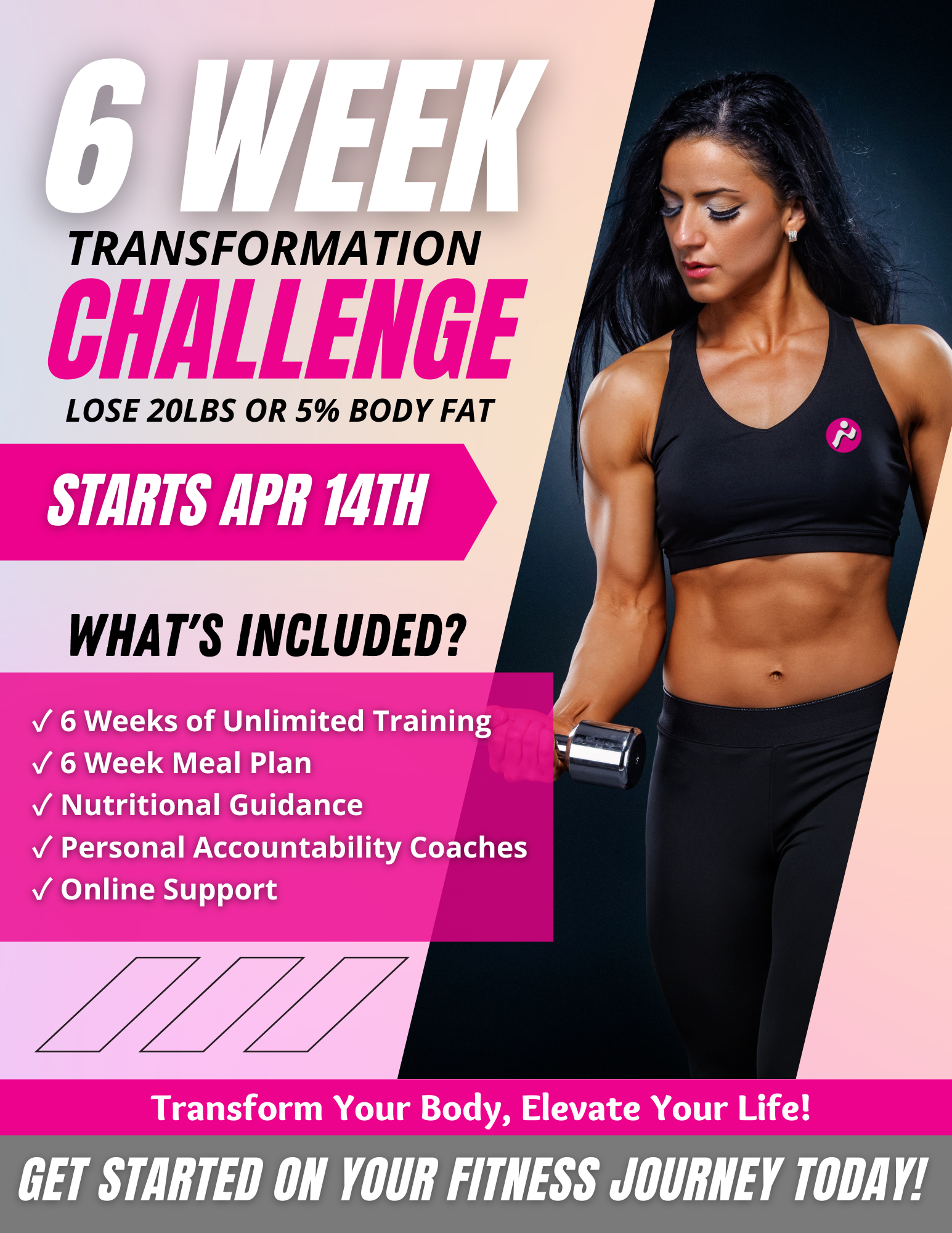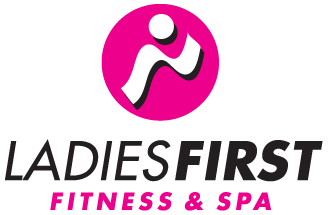
Key Takeaways
- Advanced Pilates techniques integrate neuromuscular awareness for enhanced core activation
- Progressive core training principles are crucial for continued strength development
- Equipment-based exercises and specialized routines amplify core engagement and overall results
- Mind-body integration and proper form are essential for injury prevention and optimal progress
Core strength forms the foundation of a robust Pilates practice. For experienced practitioners seeking to elevate their routines, advanced Pilates techniques offer a pathway to unparalleled core power and overall fitness. A study by the Journal of Strength and Conditioning Research found that Pilates practitioners demonstrated a 21% increase in core strength after just 8 weeks of consistent practice. This article delves into cutting-edge strategies designed to take your core strength to new heights, focusing on the unique integration of neuromuscular awareness in advanced practice.
Dedicated to women who have mastered the basics and crave a more intense challenge, this guide will explore complex movement patterns, equipment-based progressions, and mind-body techniques that push the boundaries of traditional Pilates. Prepare to discover how these advanced methods can transform your practice and sculpt a powerhouse core that supports every aspect of your life.
Understanding Advanced Core Activation
Beyond Basic Engagement
To truly excel in advanced Pilates, practitioners must develop a profound understanding of deep core muscle anatomy and function. The transversus abdominis, often referred to as the body's natural corset, plays a pivotal role in advanced core activation. This deep abdominal muscle wraps around the torso, providing stability and compression to the spine and internal organs.
Advanced breathing techniques are crucial for maximizing core activation. The diaphragmatic breath, when mastered, creates a synergistic relationship between the breath and core muscles. By focusing on expanding the ribcage laterally and posteriorly during inhalation, practitioners can engage the deep core muscles more effectively, setting the stage for challenging exercises.
The mind-muscle connection becomes increasingly important in advanced practice. Visualization techniques, such as imagining the core as a powerful hydraulic system, can enhance muscle recruitment and overall performance. This heightened awareness allows for more precise control and deeper engagement during complex movements.
The Science of Progressive Core Training
Recent research in exercise physiology has shed light on the principles of progressive core training. A study published in the Journal of Sports Science and Medicine revealed that progressive overload in core exercises led to a 17% increase in core endurance among experienced athletes over a 12-week period.
Neuromuscular adaptation plays a crucial role in advancing core strength. As the body becomes accustomed to certain exercises, it's essential to introduce new challenges to continue making progress. This adaptation process involves both the muscles and the nervous system, leading to improved coordination, strength, and stability.
Advanced Mat-Based Techniques
Complex Movement Patterns
Advanced Pilates practitioners can elevate their mat work through complex variations of classical exercises. The Rolling Like a Ball exercise, for instance, can be intensified by adding a twist at the top of the movement, challenging both core strength and rotational stability.
Flow sequences offer an excellent way to integrate core work throughout the entire practice. A dynamic series combining Teaser, Boomerang, and Corkscrew exercises creates a challenging flow that targets multiple planes of movement while maintaining constant core engagement.
Balance challenges introduce an element of instability that forces the core to work overtime. The Single Leg Stretch performed on a balance disc or foam roller adds a proprioceptive challenge that enhances overall core stability and control.
Advanced Breathing Patterns
Rhythmic breathing techniques can significantly amplify the effectiveness of core exercises. The Pilates Powerhouse Breath, which involves a forceful exhalation through pursed lips, intensifies abdominal contraction during challenging movements like the Hundred or Double Leg Stretch.
Breath holding patterns play a crucial role in developing core stability during advanced exercises. Momentarily suspending the breath at key points in movements like the Teaser or Roll-Up can increase intra-abdominal pressure, providing additional support to the spine and enhancing overall core activation.
Integrating these advanced breathing techniques with movement requires practice and precision. Start by focusing on breath coordination during simpler exercises before progressing to more complex sequences.
Equipment-Based Progression
Advanced Reformer Techniques
The Reformer offers a versatile platform for advanced core work. Complex spring combinations, such as using light springs for upper body exercises while maintaining heavy spring tension for the lower body, create a dynamic challenge that engages the entire core complex.
Dynamic movement patterns on the Reformer, like the Long Stretch Series performed with a twist, target multiple muscle groups simultaneously while demanding intense core stabilization. These exercises not only build strength but also improve coordination and body awareness.
Core-focused sequences on the Reformer can be designed to progressively fatigue the muscles. A series combining Knee Stretches, Elephant, and Long Back Stretch exercises performed with minimal rest between transitions creates a high-intensity workout that pushes core endurance to its limits.
Specialized Equipment Applications
The Pilates Chair provides unique opportunities for advanced core work. Exercises like the Teaser on the Chair or Side Bend challenge balance and stability while demanding intense core engagement. These movements require practitioners to maintain control through a greater range of motion, enhancing overall core strength and flexibility.
Cadillac advanced movements, such as the Hanging Pull-Ups or Tower, offer a vertical dimension to core training. These exercises leverage gravity in new ways, forcing the core to stabilize the body against different forces and angles.
Integrating resistance bands into Pilates routines adds an element of variable tension that can intensify core engagement. For example, performing the Saw exercise with a resistance band wrapped around the feet creates additional resistance through the rotation, challenging the obliques and deepening the stretch.
A case study of a professional dancer who incorporated these advanced equipment techniques into her routine showed a 30% increase in core strength and a significant improvement in performance quality over a six-month period.
Creating Advanced Core-Focused Routines
Programming for Progress
Effective advanced Pilates programming relies on periodization principles to ensure continuous progress and prevent plateaus. Alternating between phases of high-intensity, low-volume work and lower-intensity, higher-volume periods can optimize strength gains and reduce the risk of overtraining.
Recovery considerations are crucial in advanced practice. Incorporating active recovery days with gentle stretching and foam rolling can help maintain flexibility and prevent muscle soreness, allowing for more intense sessions on workout days.
Progressive overload strategies in Pilates might include increasing the number of repetitions, adding holds at challenging points in exercises, or incorporating unstable surfaces to intensify core engagement. Gradually increasing the difficulty ensures steady progress without overwhelming the body.
Sample Advanced Workouts
Here's a sample 45-minute intense core sequence designed for advanced practitioners:
- Warm-up: Dynamic stretching and breathing exercises (5 minutes)
- Advanced Hundred with leg variations (3 minutes)
- Rolling Like a Ball into immediate Teaser (10 reps)
- Corkscrew with extended legs (8 reps each direction)
- Scissors with resistance band (20 reps)
- Side Plank with leg lifts (30 seconds each side, 3 sets)
- Boomerang flow (8 reps)
- Jack Knife on the Reformer (10 reps)
- Tower on the Cadillac (8 reps)
- Cool-down: Spine stretch and breathing exercises (5 minutes)
This routine targets all aspects of core strength, including stability, flexibility, and endurance, while incorporating equipment for added challenge.
Injury Prevention and Form Mastery
Common Advanced Practice Pitfalls
As practitioners push their limits, maintaining proper form becomes increasingly crucial. Common errors in advanced practice include overarching the lower back during extension exercises or compromising neck alignment in flexion-based movements. Regular video analysis or working with an experienced instructor can help identify and correct these issues.
Overtraining prevention is essential in advanced practice. Signs of overtraining include persistent muscle soreness, decreased performance, and mood changes. Implementing a structured recovery plan that includes adequate rest, proper nutrition, and stress management techniques is vital for long-term progress and injury prevention.
Advanced Modifications
Adapting exercises for different fitness levels within advanced practice ensures that practitioners can safely challenge themselves. For instance, the Teaser can be modified by performing it on the Reformer with spring assistance or intensified by adding a twist at the top of the movement.
Working around limitations requires creativity and a deep understanding of Pilates principles. For those with wrist issues, exercises like the Plank can be performed on forearms or using pushup bars to reduce wrist strain while still engaging the core effectively.
Progressive variations allow practitioners to continually challenge themselves. The Roll-Up, for example, can be progressed by adding ankle weights, performing it on an incline, or incorporating a resistance band for added upper body work.
Mind-Body Integration for Advanced Practice
Mental Preparation Techniques
Visualization practices play a crucial role in advanced Pilates. Before attempting challenging sequences, practitioners can mentally rehearse the movements, focusing on proper form and muscle engagement. This mental preparation enhances physical performance and deepens the mind-body connection.
Focus enhancement techniques, such as mindfulness meditation or breath awareness exercises, can improve concentration during complex routines. Practicing these techniques for just 5-10 minutes before a session can significantly enhance the quality of movement and overall engagement.
Developing body awareness is an ongoing process in advanced Pilates. Proprioceptive exercises, like performing movements with eyes closed or in front of a mirror, can heighten sensory feedback and improve overall body control.
Advanced Proprioception Training
Balance challenges form a cornerstone of advanced proprioception training. Exercises like the Single Leg Balance performed on a BOSU ball or Stability Disc not only strengthen the core but also improve overall body awareness and control.
Coordination drills that combine upper and lower body movements, such as the Swimming exercise performed with alternating arm and leg lifts, challenge the brain-body connection and enhance overall movement quality.
Spatial awareness exercises, like performing Pilates Push-Ups with eyes closed or executing the Star on the Cadillac, develop a deeper sense of body position in space, crucial for advanced practitioners pushing the boundaries of their practice.
Measuring Progress and Setting Goals
Assessment Techniques
Regular assessment is key to tracking progress in advanced Pilates. Core strength testing methods might include timed holds in challenging positions like the Teaser or measuring the duration of a perfect Plank. These metrics provide tangible evidence of improvement over time.
Implementing a progress tracking system, such as a workout journal or a dedicated app, allows practitioners to record their achievements, note areas for improvement, and set realistic goals for future sessions.
Goal-setting strategies should follow the SMART criteria: Specific, Measurable, Achievable, Relevant, and Time-bound. For example, a goal might be to increase Teaser hold time by 15 seconds within 8 weeks or to master a complex Reformer sequence by the end of a 12-week training cycle.
Advanced Practitioner Benchmarks
Strength indicators for advanced Pilates practitioners might include the ability to perform 10 consecutive Roll-Ups with perfect form or holding the Teaser position for 60 seconds or more.
Flexibility markers could involve achieving a full Spine Stretch with hands flat on the floor or executing a perfect Backbend on the Cadillac.
Control assessments might include performing the entire Advanced Reformer series with minimal spring assistance or executing complex mat sequences with fluid transitions and unwavering core engagement.
Conclusion
Advanced Pilates techniques offer a transformative path to exceptional core strength and overall fitness. By integrating complex movement patterns, leveraging equipment for progression, and deepening the mind-body connection, experienced practitioners can unlock new levels of strength, control, and body awareness.
Remember, the journey to mastery is ongoing. Embrace the challenges, celebrate your progress, and continue to push your boundaries. Whether you're aiming to enhance your athletic performance, improve your posture, or simply challenge yourself, these advanced Pilates techniques provide the tools to sculpt a powerhouse core and elevate your practice to new heights.
As you implement these new techniques, stay mindful of your body's signals, maintain impeccable form, and enjoy the profound sense of strength and control that comes with advanced Pilates practice. Your core—and your entire body—will thank you for the dedication and effort you invest in this transformative journey.
Our Recent Posts








